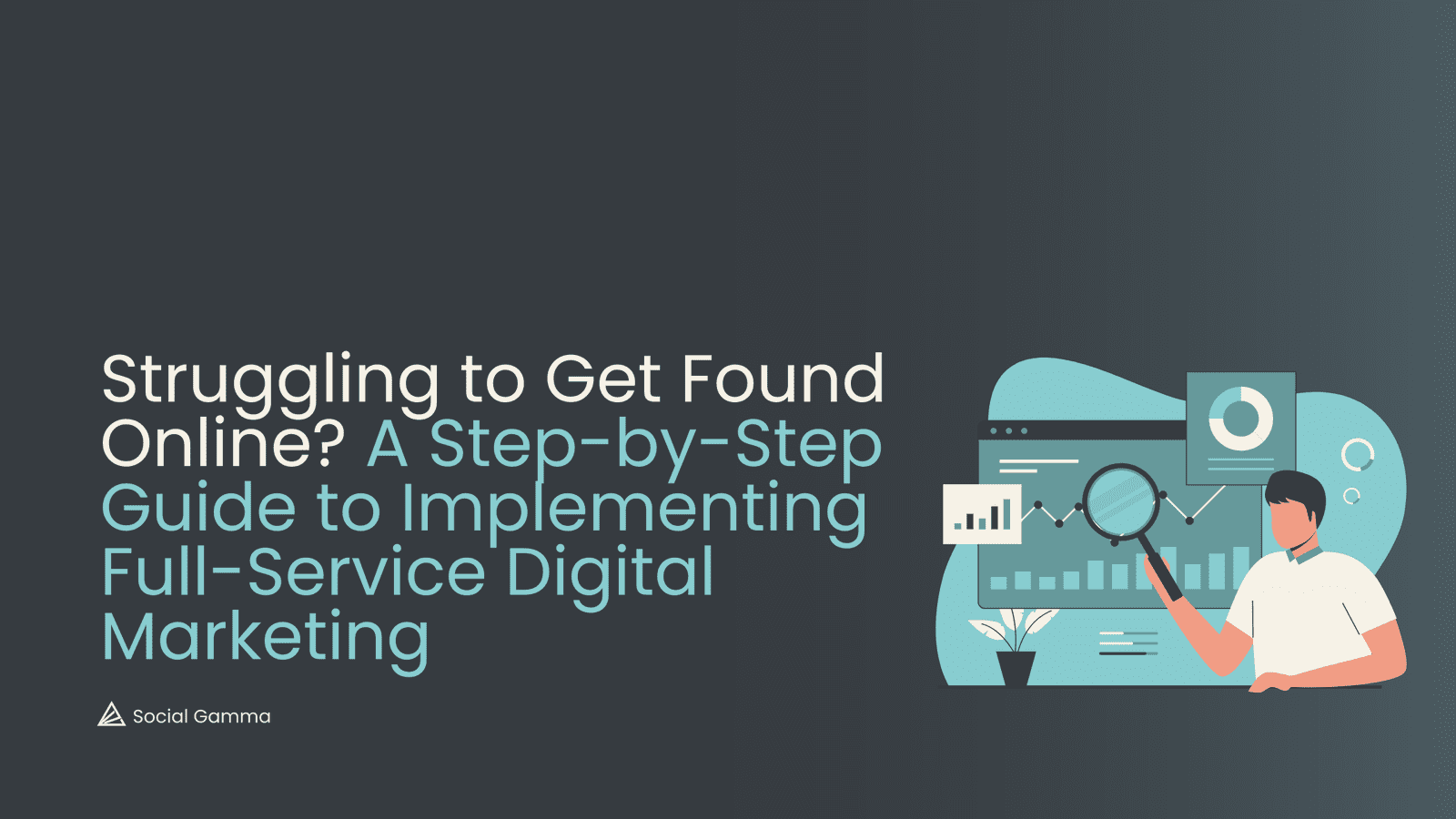There are so many ways to optimise your website and SEO techniques are constantly improving, giving you more opportunities to appear in the top searches on engines like Google. You want your website to succeed and your business to grow in the online environment and an SEO Specialist could do that for you. However, there are certain things that you could do to optimise your website without struggling too much.
Contents
Easy On-Page SEO 2018
Long form Content
You want people to share your website on social media or reference your link on their own blog. That means a long-form content is more likely to do that as long as the text contains accurate information, statistics, figures. Not only it makes you seem credible, but it also improves your SERP rank ( search engine results page). Of course, this depends on many other factors, but as long as everything else is in place, a long form content should help you out. A study from SerpIQ showed that the content length has a great impact on the rank you’re going to get. There are subjects that don’t need 2,000 written words and you don’t have to do that unless you actually have a topic that allows you to go in detail. Long-form content works well with call-to-action based websites as it generates more leads that could eventually translate into a higher conversion rate.
Header Tags (H1, H2, H3,….You get it.)
Search engines like Google look for the headers in your blog or website to scan the information that you have provided. If your headers are efficient, then Google is more likely to rank you higher in online searches. There are a few things that you want to keep in mind when using header tags.
H1 is used as a headline – the title of your blog or page and should summarize your content. It helps if you add keywords relevant for the text and statistics show that titles are more likely to rank higher if you add numbers in them. Why? It’s easier for the readers to understand and filter the information that they are going to see. Numbers add a sense of organisation and search engines live for it.
H2 is used as a Subtitle and it works really well if you want to split your content into sub-categories. E.g.: You have a blog about rent in London and you might want to categorise your content based on London zones, neighbourhoods or price. H2 is perfect for that and it gives search engines more reasons to rank you higher in online searches. While rent in London might be quite a popular search, there are also specific areas, budgets that people add into their google searches and now they can click on your link for all that info.
H3, H4, H5, H6 are the other header tags that you could use on your blog or website. They all do approximately the same thing and that is arranging your text into small and smaller categories. You can use all of them if you want, but it’s going to make your content hard to follow as there will be too many subtitles. H1 and H2 are the most important and the ones which you’re going to benefit from as far as SEO is concerned. H3 is useful as well, but only use it if you really need it. There’s is no need to fill the whole page with titles and subtitles for something that could be easily written with bullet points or plain, old numbers.
Keywords and LSI Keywords
Keywords are very helpful and you could have an incredible content, but you still need to make sure you have them throughout your text. LSI Keywords refer to the words similar or in the area of your subject. There are certain websites that will help you find the right ones for you and you can also go on Google and type in your keyword. At the bottom of the page, you can find popular searches around that word or questions which will provide insights on what people want to know about the subject. Try using your main keyword in H1 and in the first few paragraphs. Search engines crawl your website and keep a record of the keywords you use so that it can bring the right people to your page.
Internal and External Links
Another technique you could easily use to optimise your website even if you’re not an SEO Specialist is internal and external links.
Internal Links
- Directs people to older posts or other pages on your website
- Helps driving traffic to other pages, therefore boosting your site
External Links
- Directs people to other website (different domains than yours)
- It is a good way to give your readers more sources on a specific topic
- It drives traffic to your website when other pages link your site (inbound links).
Social Buttons
This should go without saying. Social Media is one of your website’s best friends. It’s easy to use, free and builds incredible visibility while driving traffic to your website. Add social buttons to our site with all popular social media networks and start sharing your content. Soon, other people will follow.
Image Optimisation
Whenever you add pictures to your text, you can optimise the images. It’s something that everyone can do, even if you are a beginner. By using a keyword to tag your image, you increase the chances for the picture to appear in the top Google Images searches. Once you click on an image on Google, you have the option to visit the website where it came from, therefore driving more people to your site.
Meta Description
Approximately 155 characters to summarize your page’s content. It’s important to have keywords and attract as many clicks as possible. It should call-to-action, be well structured, relate to the content and again, contain the keyword. Eventually, a meta description should be authentic and engaging. While there is no meta description algorithm by which Google ranks your website, the search engine uses CTR (Click through rate) to rank it. That means the more clicks from the meta description, the better traffic and rank for your page.
SEO is far more complex than this and the techniques discussed in this post are just few of the many factors which rank and optimise a website. However, these are all things that anyone can do without vast knowledge on SEO. If you want to find out more about these and how you can use them for your own website, go on Youtube or Google and start watching/reading. SEO techniques are constantly changing and there is no reason why you couldn’t do a few tricks to boost your website by yourself.

